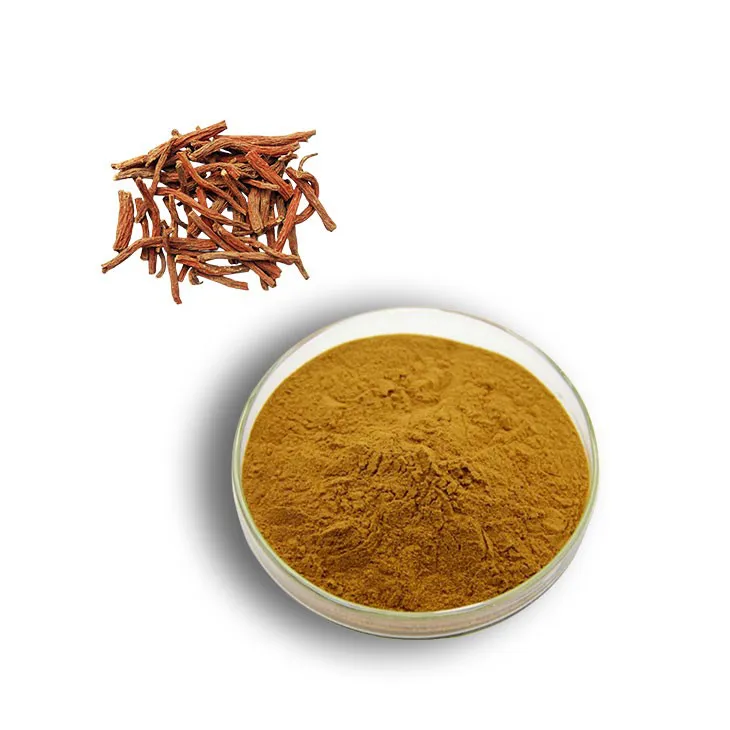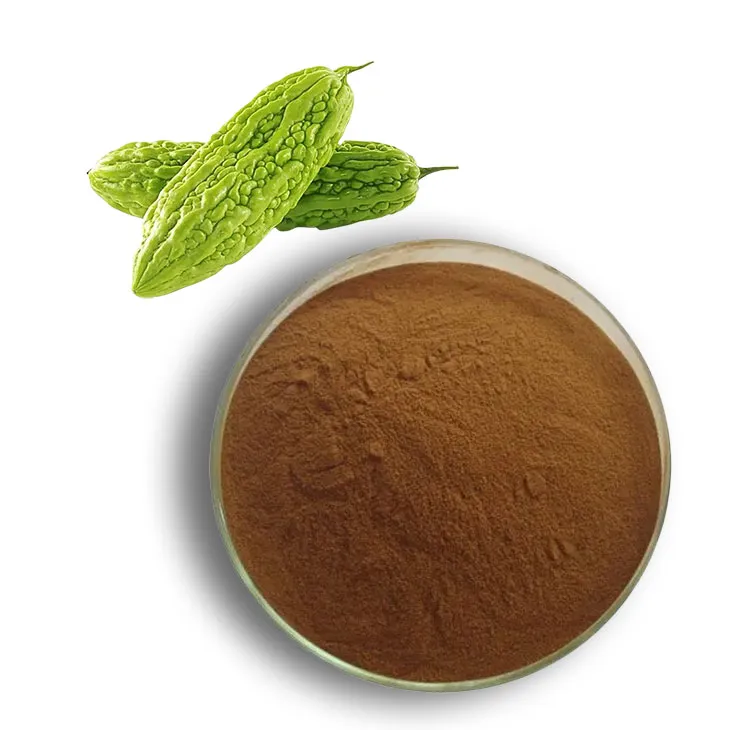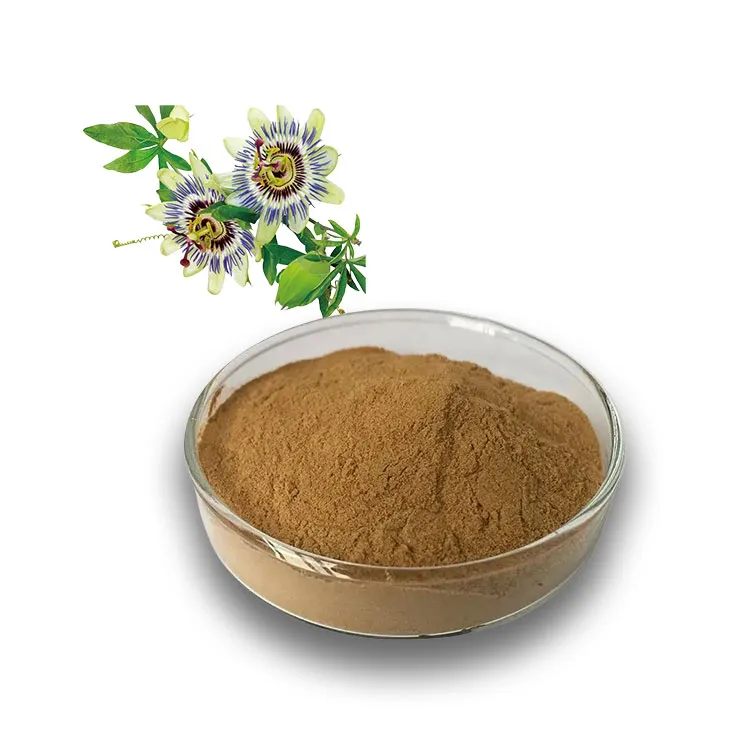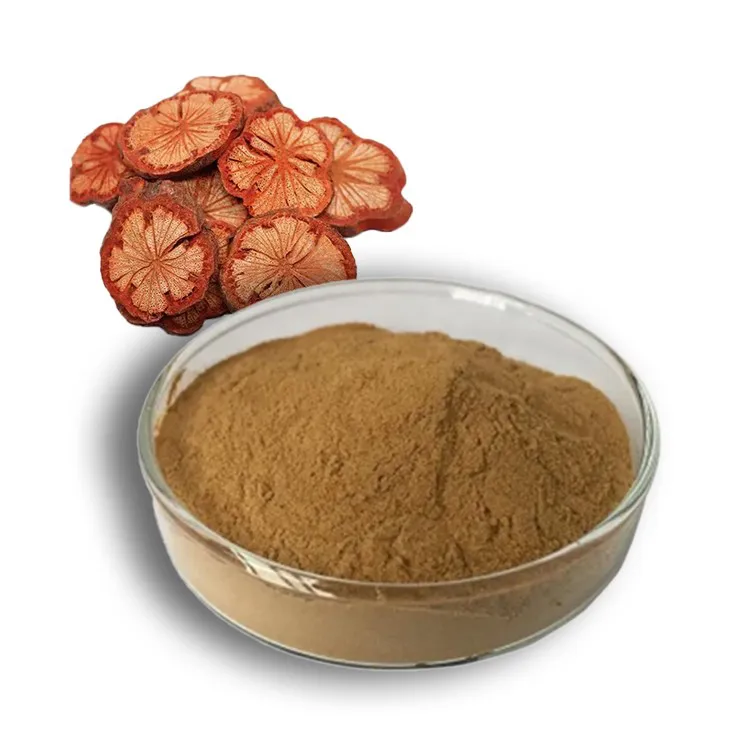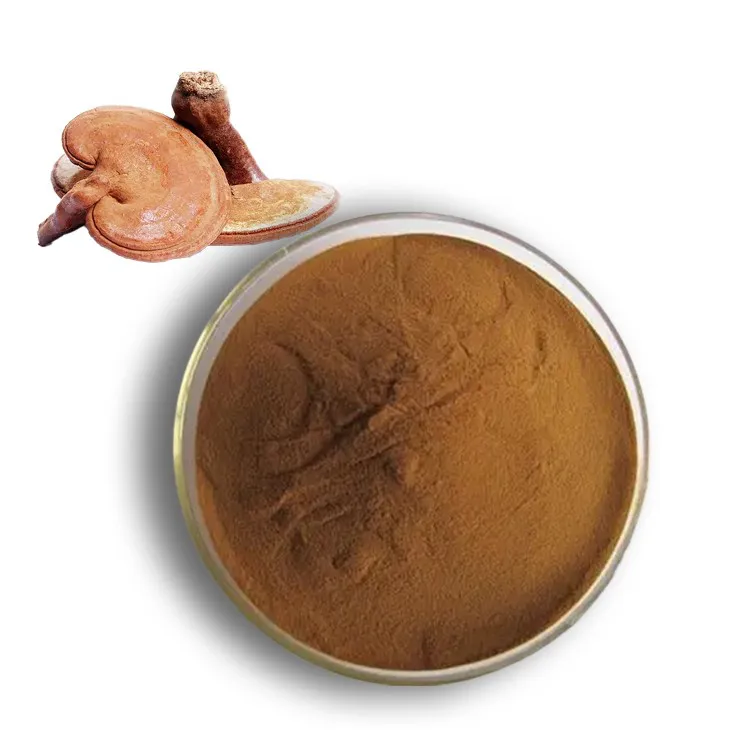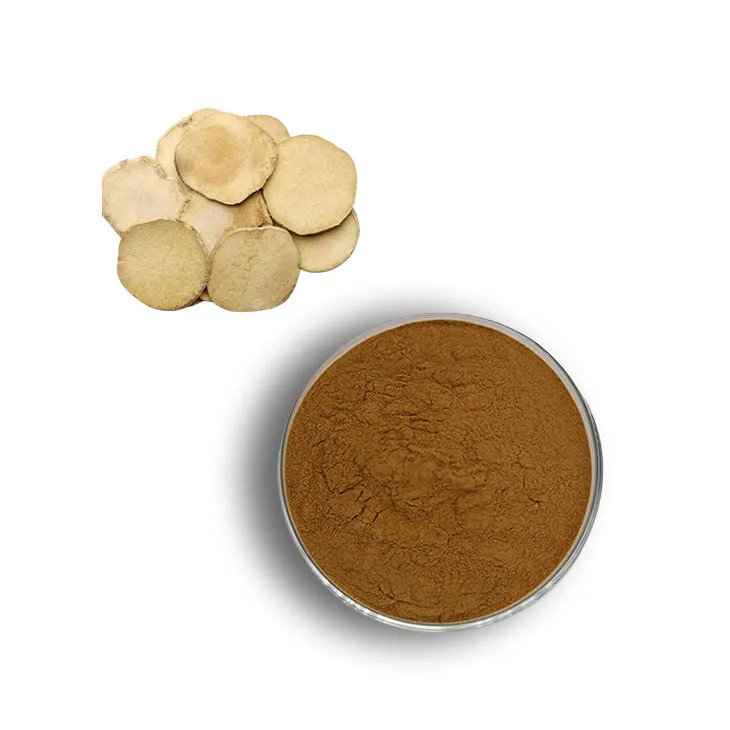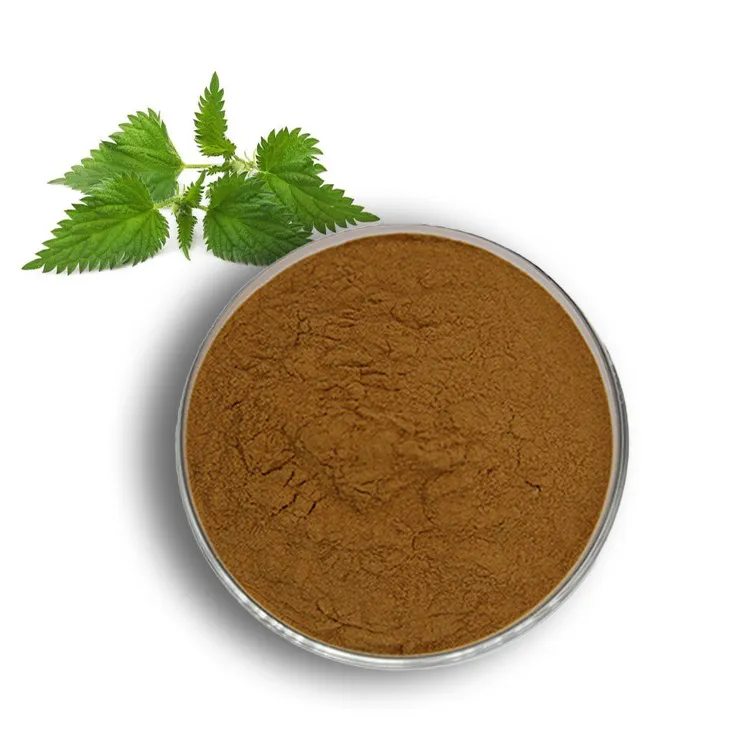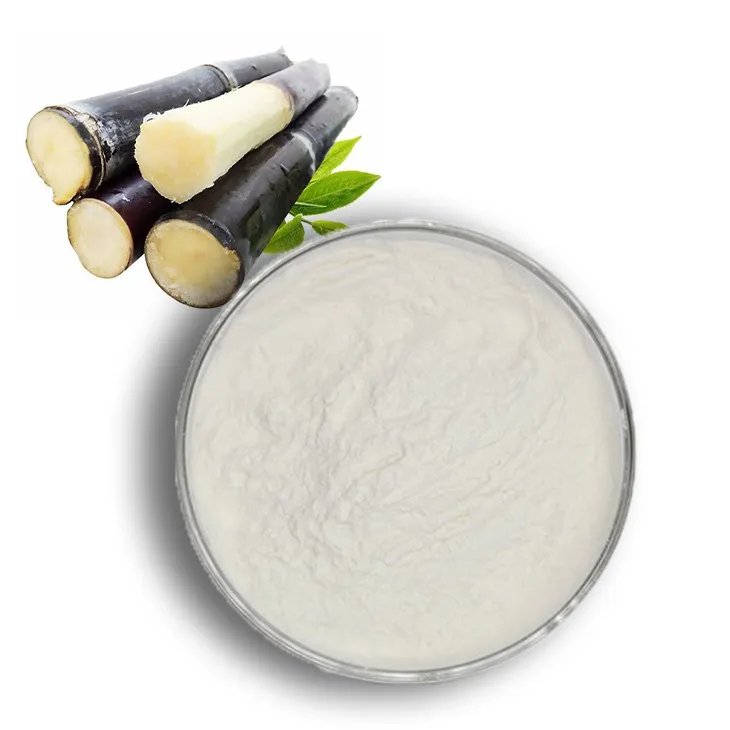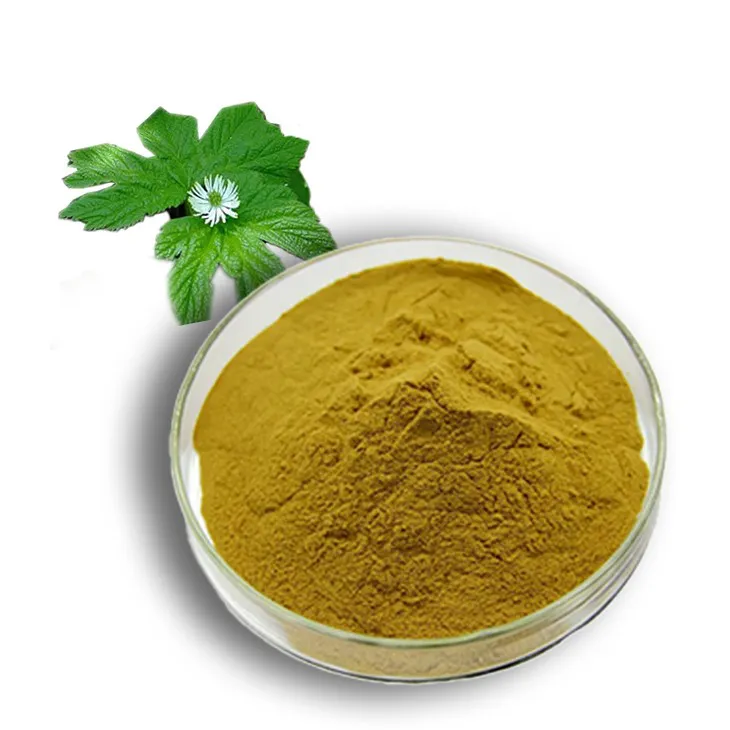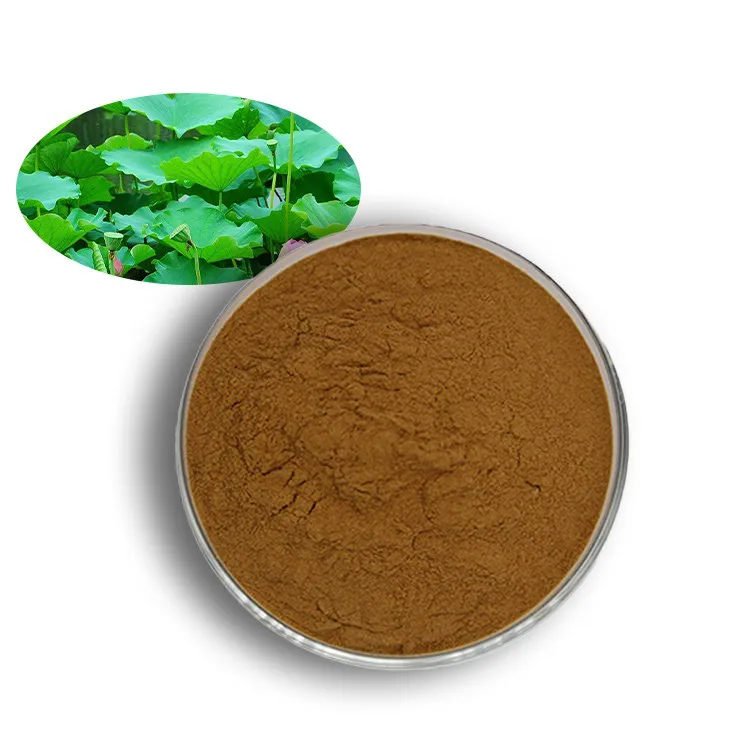- 0086-571-85302990
- sales@greenskybio.com
The process of extracting plantainoside from plantain extract.
2024-11-29
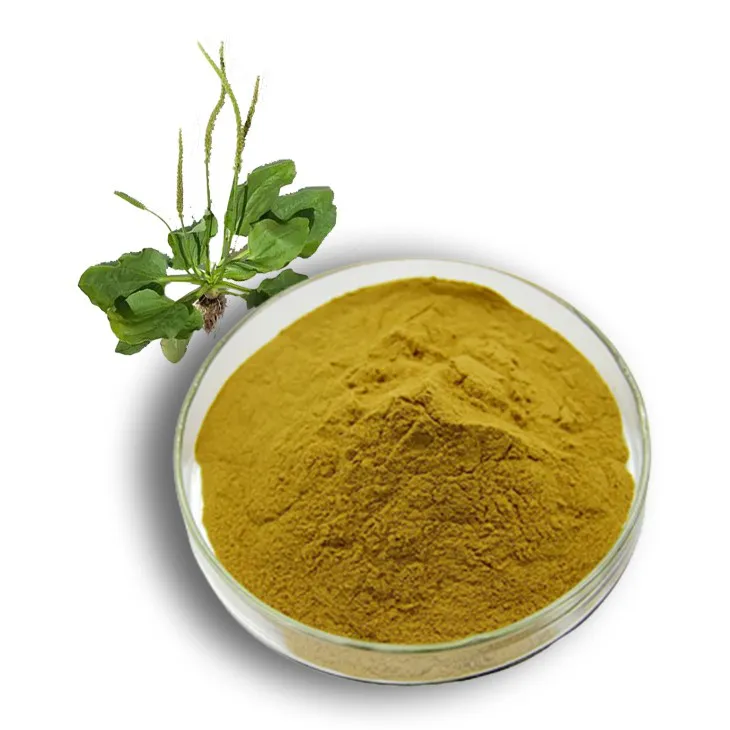
1. Introduction
Plantago asiatica, a common herbaceous plant, has been widely studied for its various bioactive components. Among them, Plantainoside D is of particular interest due to its potential applications in medicine, such as anti - inflammatory, antioxidant, and antibacterial properties. The extraction of Plantainoside D from the extract of Plantago asiatica is a complex process that requires careful consideration of multiple factors. This article will provide an in - depth look at the entire extraction process, from the initial preparation of the plant material to the final purification and quality control of Plantainoside D.
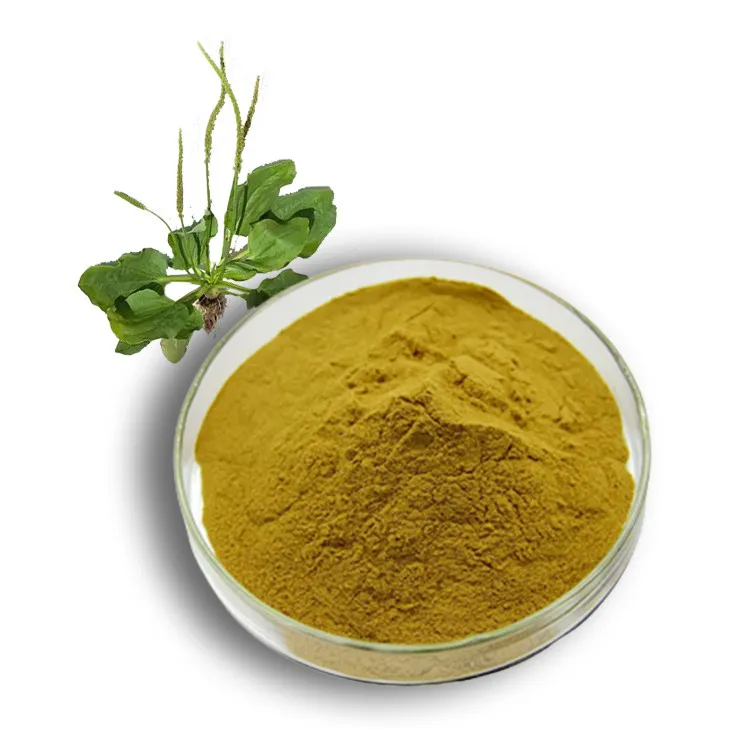
2. Harvesting and Drying of Plantago asiatica
2.1. Optimal Harvesting Time
The harvesting time of Plantago asiatica is crucial for obtaining high - quality raw materials rich in Plantainoside D.
Generally, the plant should be harvested when it reaches its optimal growth stage. For Plantago asiatica, this is
usually during the flowering or fruiting period. At this time, the content of active ingredients in the plant is
relatively high. Early or late harvesting may lead to a decrease in the yield of Plantainoside D. For example, if
harvested too early, the plant may not have fully synthesized the compound, while if harvested too late, some of
the active ingredients may have been degraded or transferred to other parts of the plant.
2.2. Drying Methods
After harvesting, proper drying is necessary to preserve the active ingredients. There are several drying methods
available, such as natural drying and artificial drying.
- Natural Drying: This method involves spreading the harvested Plantago asiatica in a well - ventilated area under the sun. It is a simple and cost - effective method. However, it is highly dependent on weather conditions and may take a relatively long time. Moreover, there is a risk of contamination by dust, insects, or microorganisms during the drying process.
- Artificial Drying: This includes methods such as oven drying and freeze - drying. Oven drying can be carried out at a controlled temperature and humidity, which can significantly shorten the drying time. Freeze - drying, on the other hand, can better preserve the chemical structure of the active ingredients. However, these artificial drying methods are relatively expensive and require specific equipment.
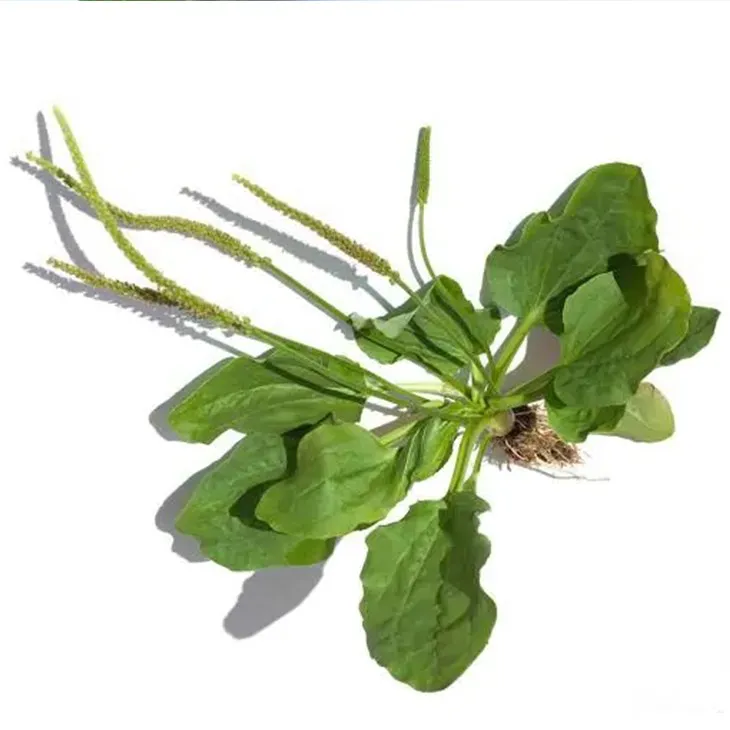
3. Extraction Strategies
3.1. Maceration Extraction
Maceration extraction is one of the commonly used methods for extracting Plantainoside D from Plantago asiatica.
In this process:
- The dried Plantago asiatica is first crushed into a suitable particle size. This step is important as it increases the surface area of the plant material, facilitating better contact with the solvent.
- A suitable solvent is then selected. Solvents such as ethanol, methanol, or water - ethanol mixtures are often used. The choice of solvent depends on the solubility characteristics of Plantainoside D and other components in the plant. For example, ethanol is a good solvent as it can dissolve a wide range of organic compounds, including Plantainoside D, while also being relatively safe and easy to handle.
- The crushed plant material is soaked in the solvent in a sealed container for a certain period. This period can range from several hours to several days, depending on factors such as the type of solvent, the particle size of the plant material, and the desired extraction efficiency. During this time, the Plantainoside D and other soluble components are gradually dissolved into the solvent.
- After the soaking period, the mixture is filtered to separate the liquid extract (containing Plantainoside D and other dissolved compounds) from the solid residue. The filtrate is then collected for further processing.
3.2. Soxhlet Extraction
Soxhlet extraction is another extraction method that can be used.
- The plant material is placed in a Soxhlet extractor. The Soxhlet extractor consists of a flask, a condenser, and a siphon tube. The dried and crushed Plantago asiatica is put into a thimble which is then placed in the Soxhlet extractor.
- A suitable solvent is added to the flask. Similar to maceration extraction, solvents like ethanol or methanol can be used.
- The solvent is heated in the flask, and it vaporizes. The vapor rises through the condenser, where it is cooled and condensed back into a liquid. This liquid then drips onto the plant material in the thimble.
- As the solvent accumulates in the thimble, it reaches a certain level and is siphoned back into the flask. This cycle is repeated continuously, ensuring that the plant material is constantly in contact with fresh solvent. This continuous extraction process can be more efficient than maceration extraction in some cases, especially when the extraction of relatively less - soluble components is required.
- After a certain number of extraction cycles, the extract in the flask is collected for further purification.
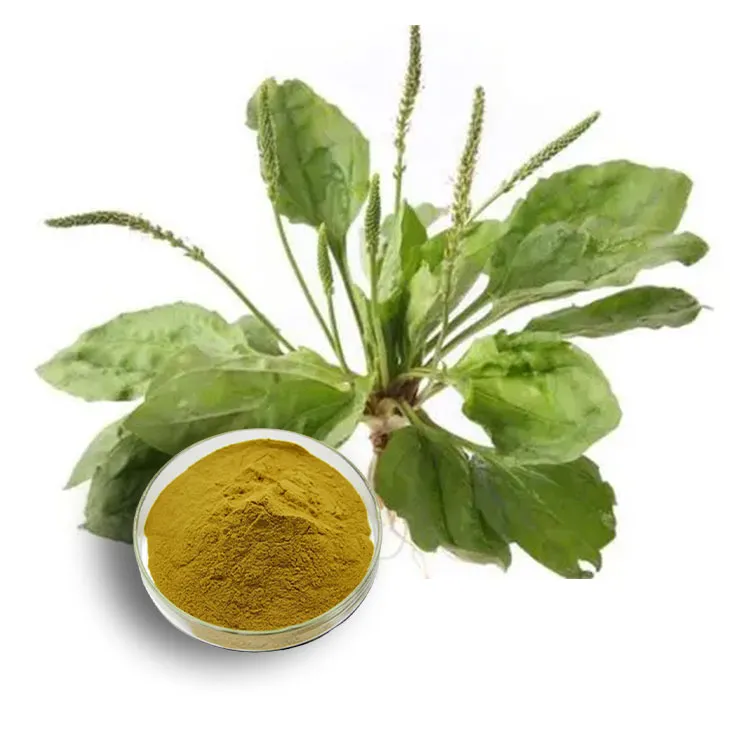
4. Fractionation and Purification
4.1. Column Chromatography
After the extraction process, the crude extract obtained contains a mixture of compounds, including Plantainoside D
and other secondary metabolites. Column chromatography is a powerful technique for fractionating and purifying
Plantainoside D.
- Column Preparation: A chromatography column is first prepared. The column is filled with a suitable stationary phase, such as silica gel or C18 - bonded silica gel. The choice of stationary phase depends on the chemical properties of the compounds to be separated. For example, silica gel is suitable for separating polar compounds, while C18 - bonded silica gel is more appropriate for non - polar or moderately polar compounds.
- Sample Loading: The crude extract is dissolved in a minimum amount of a suitable solvent and carefully loaded onto the top of the column. It is important to ensure that the sample is evenly distributed on the column to achieve good separation results.
- Elution: A mobile phase, which is a solvent or a mixture of solvents, is then passed through the column. The choice of mobile phase is crucial for the separation process. For Plantainoside D, a gradient elution method may be used, where the composition of the mobile phase is gradually changed during the elution process. This allows for the separation of Plantainoside D from other compounds with different polarities. As the mobile phase passes through the column, different compounds are eluted at different times and collected in separate fractions.
- Identification and Collection of Plantainoside D: The fractions collected are then analyzed using techniques such as high - performance liquid chromatography (HPLC) to identify the fraction containing Plantainoside D. Once identified, this fraction is further purified and concentrated to obtain pure Plantainoside D.
4.2. Recrystallization
Recrystallization can also be used as a purification method for Plantainoside D.
- The crude Plantainoside D obtained from the previous purification steps is dissolved in a suitable hot solvent. The solvent should be carefully selected based on the solubility characteristics of Plantainoside D. For example, if Plantainoside D is more soluble in ethanol at high temperatures, ethanol can be used as the recrystallization solvent.
- The solution is then cooled slowly. As the temperature decreases, Plantainoside D will gradually recrystallize out of the solution, while impurities that are more soluble in the solvent at lower temperatures will remain in the solution.
- The recrystallized Plantainoside D is then filtered and dried to obtain a purer product.
5. Quality Control
5.1. Chemical Structure Analysis
To ensure the identity and purity of Plantainoside D, chemical structure analysis is essential.
- Nuclear Magnetic Resonance (NMR) Spectroscopy: NMR spectroscopy is a powerful tool for determining the chemical structure of Plantainoside D. It can provide information about the types and positions of atoms in the molecule. For example, 1H - NMR can be used to analyze the hydrogen atoms in the molecule, while 13C - NMR can provide information about the carbon atoms. By comparing the NMR spectra of the extracted Plantainoside D with that of a known standard, the identity of the compound can be verified.
- Mass Spectrometry (MS): MS can be used to determine the molecular weight of Plantainoside D. It can also provide information about the fragmentation pattern of the molecule, which can be used to further confirm its chemical structure. By combining the results of NMR spectroscopy and mass spectrometry, a more comprehensive understanding of the chemical structure of Plantainoside D can be obtained.
5.2. Purity Analysis
Purity analysis is crucial to ensure that the Plantainoside D obtained is of high quality and suitable for its
intended applications.
- HPLC Analysis: HPLC is a widely used method for purity analysis. A standard solution of Plantainoside D with a known concentration is first prepared. The sample of the extracted Plantainoside D is then analyzed using HPLC under the same conditions. By comparing the peak area of the sample with that of the standard solution, the purity of the extracted Plantainoside D can be determined.
- Thin - Layer Chromatography (TLC): TLC can also be used for a quick and simple purity check. A TLC plate is coated with a suitable stationary phase, and the sample and a standard of Plantainoside D are spotted on the plate. The plate is then developed in a suitable mobile phase. By comparing the migration distance and the appearance of the spots of the sample with that of the standard, an indication of the purity of the sample can be obtained.
6. Conclusion
The extraction of Plantainoside D from Plantago asiatica extract is a multi - step process that involves harvesting and drying of the plant, extraction using appropriate methods, fractionation and purification, and quality control. Each step is crucial for obtaining high - quality, pure Plantainoside D. With the increasing demand for natural bioactive compounds in medicine and other fields, the development of efficient and reliable extraction and purification methods for Plantainoside D is of great significance. Future research may focus on optimizing the existing extraction processes, exploring new extraction methods, and further studying the biological activities and potential applications of Plantainoside D.
FAQ:
What are the important steps in harvesting Plantago asiatica for Plantainoside D extraction?
When harvesting Plantago asiatica for Plantainoside D extraction, it is crucial to choose the right time. Usually, it should be harvested at the appropriate growth stage to ensure a high content of active ingredients. After harvesting, proper drying methods need to be adopted quickly to prevent the degradation of these ingredients. For example, drying in a well - ventilated and low - humidity environment can help preserve the quality of the plant material for subsequent extraction.
Why is maceration extraction a suitable method for extracting Plantainoside D from Plantago asiatica?
Maceration extraction is suitable for several reasons. Firstly, it allows the solvent to penetrate the plant material gradually, which helps in effectively dissolving the Plantainoside D and other related compounds. Secondly, this method is relatively simple and does not require complex equipment. By soaking the plant material in a suitable solvent for a certain period, the desired compounds can be transferred from the solid plant material into the solvent, making it a practical choice for initial extraction.
How does column chromatography work in purifying Plantainoside D?
Column chromatography works based on the differential adsorption and elution of compounds. In the case of purifying Plantainoside D, a column is filled with a stationary phase, such as silica gel. The crude extract containing Plantainoside D and other compounds is loaded onto the top of the column. Then, a mobile phase (a solvent or a mixture of solvents) is passed through the column. Different compounds in the extract will interact differently with the stationary phase. Compounds with stronger interactions will move more slowly through the column, while those with weaker interactions, like Plantainoside D, will be eluted earlier or at a different rate, allowing for its separation and purification from other impurities.
What are the main quality control measures during the extraction of Plantainoside D?
The main quality control measures include chemical structure analysis and purity determination. For chemical structure analysis, techniques like nuclear magnetic resonance (NMR) spectroscopy or mass spectrometry (MS) can be used to confirm that the extracted compound is indeed Plantainoside D. Purity determination is also essential. High - performance liquid chromatography (HPLC) is often employed to measure the percentage of Plantainoside D in the final product and to detect any remaining impurities. Additionally, strict control of the extraction and purification processes, such as maintaining proper temperature, solvent quality, and extraction time, also contribute to overall quality control.
What are the potential applications of Plantainoside D in medicine?
Plantainoside D has shown potential in various medical applications. It may have anti - inflammatory properties, which could be useful in treating inflammatory diseases. Some studies also suggest that it might have antioxidant effects, helping to protect cells from oxidative damage. Additionally, it could potentially play a role in the treatment of certain metabolic disorders, although more research is needed to fully understand and confirm these potential medical applications.
Related literature
- Title: Study on the Extraction and Bioactivity of Plantainoside D from Plantago asiatica"
- Title: "Optimization of the Extraction Process of Plantainoside D in Plantago asiatica Extract for Pharmaceutical Use"
- Title: "The Role of Plantainoside D in Traditional Medicine and Its Modern Research Prospects"
- ▶ Hesperidin
- ▶ citrus bioflavonoids
- ▶ plant extract
- ▶ lycopene
- ▶ Diosmin
- ▶ Grape seed extract
- ▶ Sea buckthorn Juice Powder
- ▶ Beetroot powder
- ▶ Hops Extract
- ▶ Artichoke Extract
- ▶ Reishi mushroom extract
- ▶ Astaxanthin
- ▶ Green Tea Extract
- ▶ Curcumin Extract
- ▶ Horse Chestnut Extract
- ▶ Other Problems
- ▶ Boswellia Serrata Extract
- ▶ Resveratrol Extract
- ▶ Marigold Extract
- ▶ Grape Leaf Extract
- ▶ blog3
- ▶ blog4
-
Chinese peppermint oil powder factories.
2024-11-29
-
The best green tea extract on the market.
2024-11-29
-
Nature's Bounty Okra Extract.
2024-11-29
-
Chinese Oyster Peptide Powder Factories.
2024-11-29
-
The best organic L - carnitine.
2024-11-29
-
Certified organic acerola cherry extract.
2024-11-29
-
Dan Shen Root Extract/Salvia Root Extract
2024-11-29
-
Bitter Melon Extract
2024-11-29
-
Passionflower Extract
2024-11-29
-
Red Vine Extract
2024-11-29
-
Reishi mushroom extract
2024-11-29
-
Alisma Extract
2024-11-29
-
Nettle Root Extract
2024-11-29
-
Sugarcane Extract
2024-11-29
-
Golden Seal Extract
2024-11-29
-
Lotus leaf extract
2024-11-29











